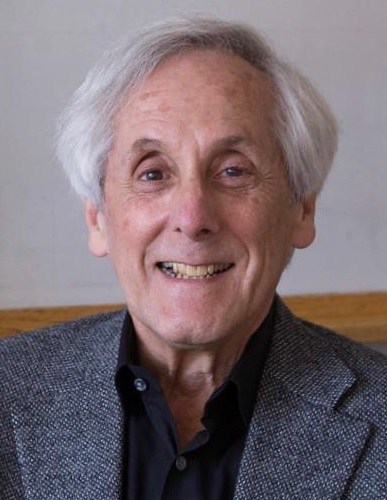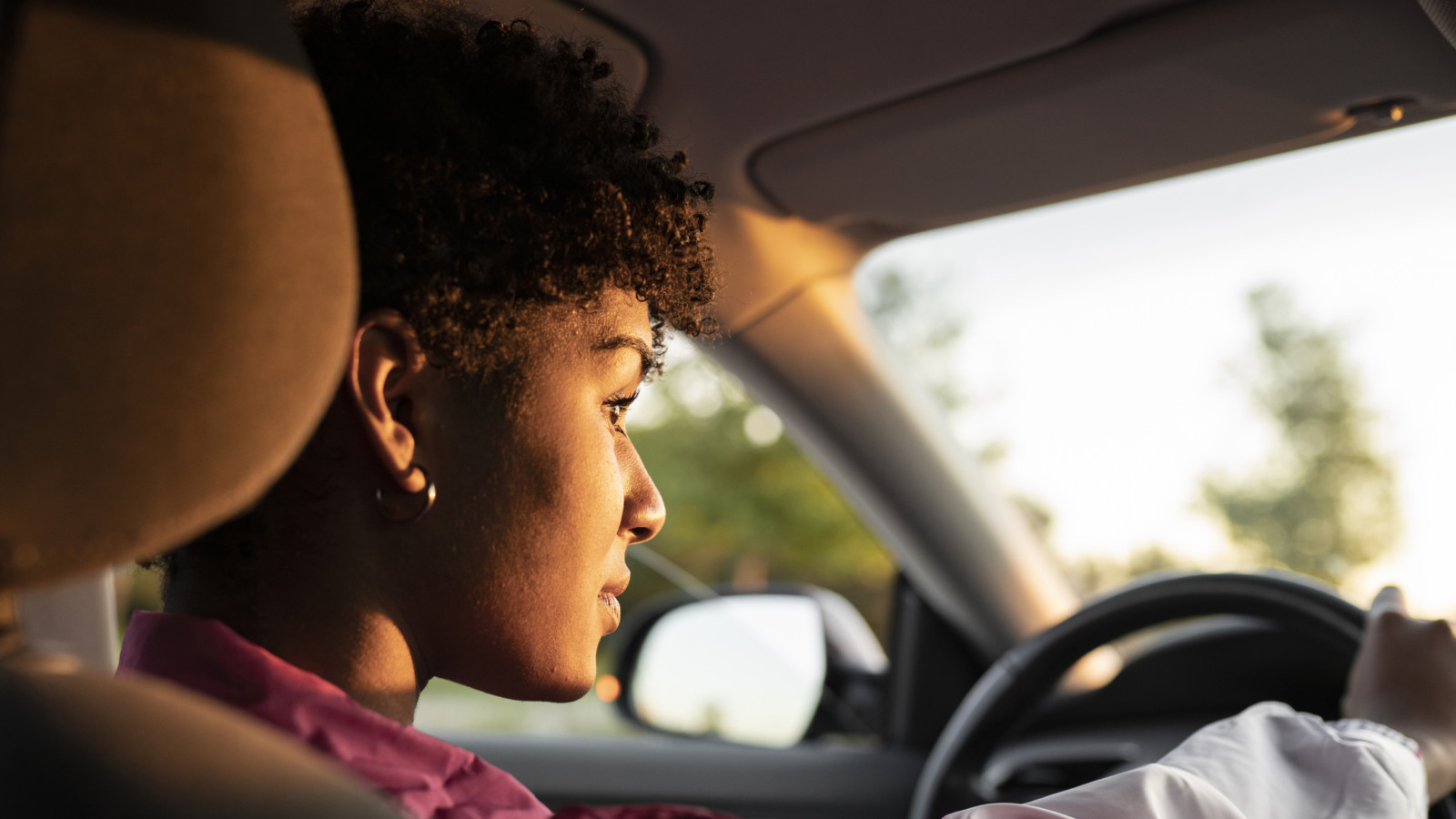At a time when U.S. traffic fatalities have spiked to their highest levels in fifteen years—primarily due to increases in distracted driving, speeding, and alcohol impairment during Covid-19—this month’s annual recognition of Distracted Driving Awareness has never been more important.
In a 2021 international survey by 3M, 86% said they are highly concerned about “drivers texting or speaking on the phone while driving.” As a driver, what can you do to help protect yourself and your companions?
First, make sure everyone buckles up!
Second, practice Mindful Driving: avoid your own distractions; scan the road—left, center, right—for potential danger, check the body language of other vehicles, try to anticipate how a situation might evolve, and stay ready to react. Earlier this year, Thrive’s Founder and CEO Arianna Huffington and I shared some actionable tips to help break the habit of distracted driving. Try them out!
The truth is: it takes practice to become good at mindful driving. Many of us who work hard at being present and mindful in other parts of our lives seem to call a time-out while driving to make a call, send a text, daydream, or mull over a problem. Big mistake! We run the risk of not noticing when the traffic ahead of us has stopped; a red-light runner is headed our way; or a child is darting into the street.
Studies have shown that when a driver’s mind is focused on something other than the task of driving, the brain may not react to what the eyes detect on the road ahead. The signal that travels along the optic nerve from the eyes to the brain gets short-circuited. As a result, a distracted driver can look directly ahead but fail to “see” what’s in plain view! Researchers call it “inattention blindness.” It’s cost many lives.
So, make a resolution to use and share these Microsteps and put yourself and your loved ones on the road to mindful driving.
Take care out there!


